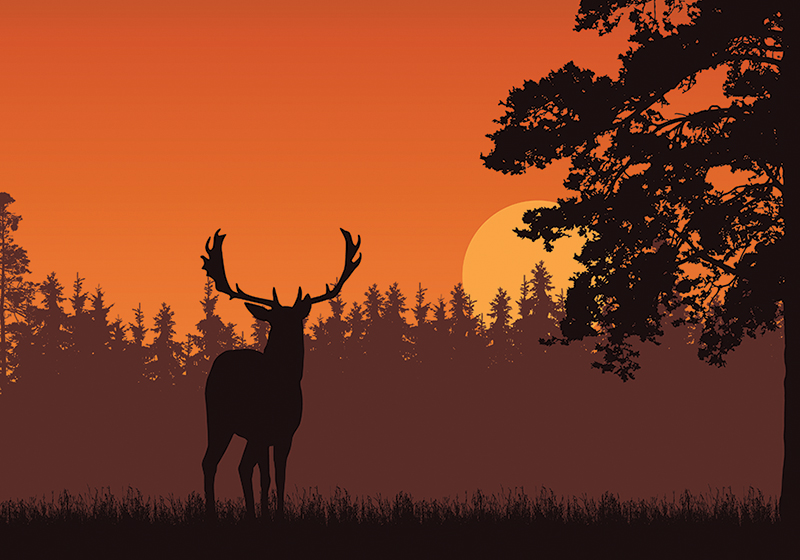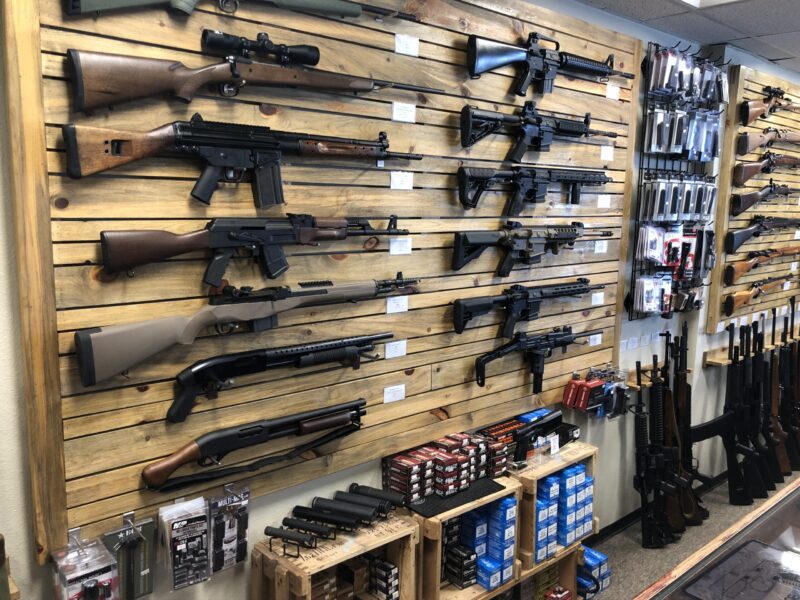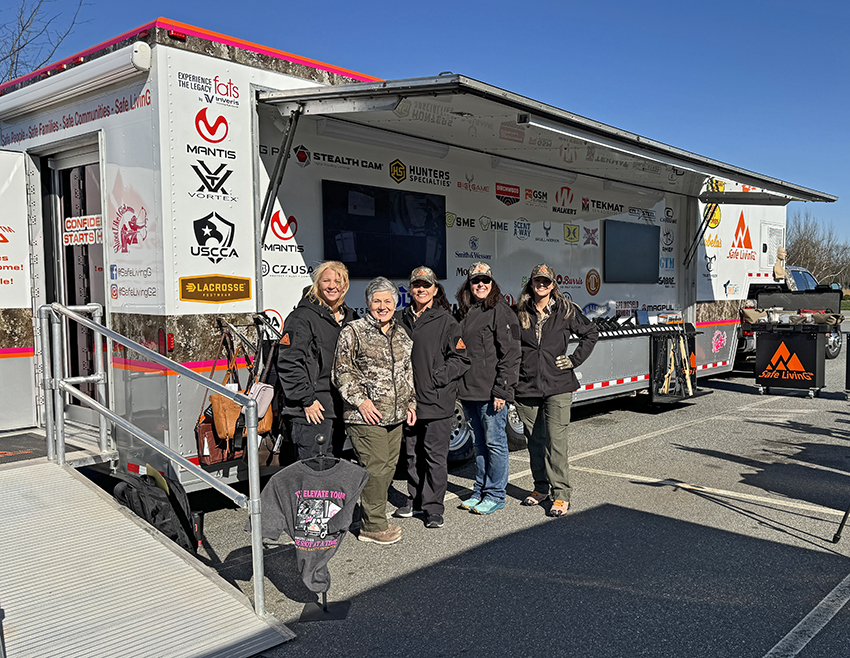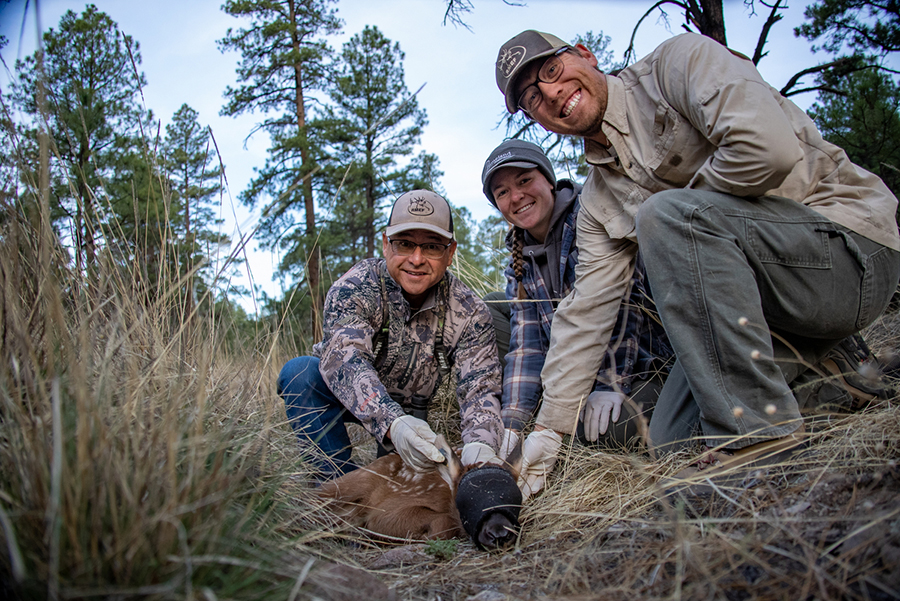A Rethink Is In Order

I just returned from my third encore at the world-famous FTW Ranch in Texas. For those who aren’t aware, FTW’s primary mission is to teach hunters the finer points of connecting with game while instilling an ethos of one-shot kills through their SAAM courses. Whether taking their safari-prep course featuring the near-life-size charging elephant and cape buffalo targets, or using one of their countless long-distance ranges — with distances ranging from 100 yards to 2.5 miles — the underpinning of the whole thing is the idea of a clean, humane kill using the least possible amount of lead.
Aside from the quality of instruction, where FTW gains its fame, is the difficulty of shooting in the West Texas wind. At FTW, most of the firing points are on hilltops (actually looking more like mountains to a midwestern flatlander) downward to ridges and valleys — making complicated wind calls the exception rather than the rule. It’s beyond humbling for even experienced long-distance competitors — which I’m not.
Thus, after spending several days, I was forced to confront the whole idea of long-distance hunting.
Shooting distances measured in the multiple hundreds of yards is a necessary part of going afield, especially for sheep, goat and antelope hunters. However, the recent trend of emphasis on precision rifles allowing hunters to make extremely long shots leaving more and more people questioning if it’s a good thing, at least privately.
If the hunter understands his or her own limitations — a core concept at FTW — the horizon is the limit if properly prepared and equipped. However, a jaundiced eye toward the industry begs the question: “Are we giving less-experienced hunters the wrong impression?” When I see marketing that subconsciously (or sometimes overtly) asserts, “Buy this tricked-out factory precision hunting rifle and you’ll be zapping pronghorns at 1,100 yards in no time!” I shake my head.
Maybe you can — but it’s the rare person capable of making such shots every time, even at 500 yards or less. And, when you’re talking about a living, breathing mammal on the receiving end, the consequences of “almost” aren’t acceptable.
Long-distance shooting is a great hobby and useful skill set, but for those promoting hunting at distances far in excess of what is considered “typical” for the average hunter, perhaps a few minutes of introspection is in order. Don’t focus on the highly trained former military sniper or active long-distance rifle competitor as potential buyers, but rather John and Suzi Q. Citizens who salivate at the idea of a magic gun that can bag a moose at distances measured in fractions of a mile.
It’s time we consider “How far is too far to go?”




